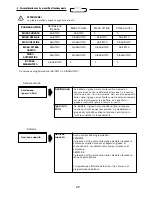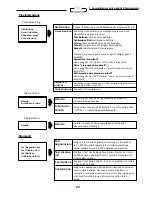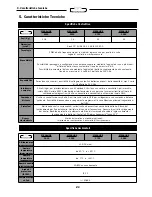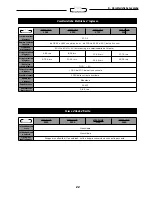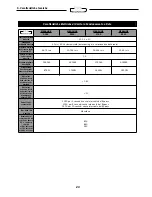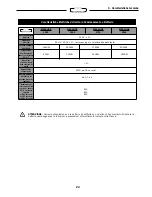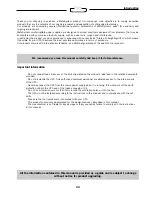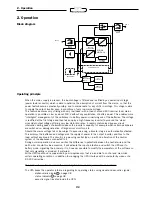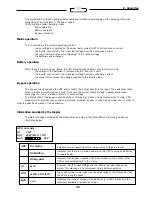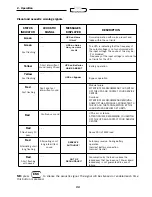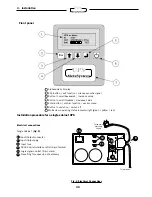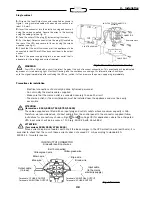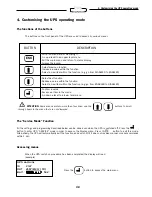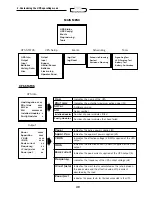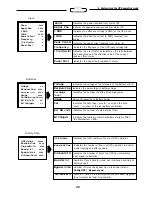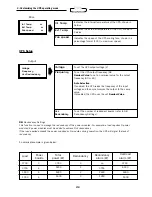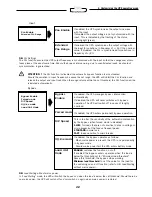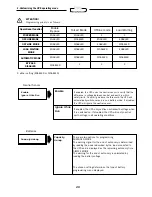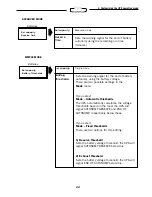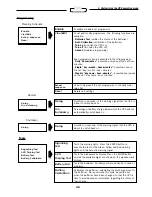
31
~
=
~
=
=
=
BY PASS
INPUT
INPUT
FILTER
BATTERIES
BATTERIES
OUTPUT
FILTER
INVERTER
POWER
FACTOR
CORRECTOR
VOLTAGE BOOSTER
BATTERY
CHARGER
POWER
MODULE
POWER MODULE
MICRO-
PROCESSOR
LOGIC
RS 232
INTERFACE
REMOTE
CONTROL
O U T P U T
Operating principle
When the mains supply is present, the input voltage is filtered and rectified by a special input stage
(power factor corrector) which is able to optimise the absorption of current from the mains, so that the
power factor becomes practically unitary, and to compensate for any shifts in voltage. This stage is able
to supply the output inverter even in conditions of very low mains voltage.
This feature becomes very striking with very low loads: with a load of around 50% nominal load, mains
operation is possible as low as about 100 V without any exploitation of battery power. This enables more
“intelligent” management of the switchover to battery power, minimising use of the batteries. The voltage
is rectified at the first stage and then taken up by a high frequency inverter to produce the ‘clean’
sinusoidal output voltage, offering very low distortion rates. A rapid, synchronised by-pass circuit
intervenes during peaks of absorption above the inverter’s capacity, for example when certain peripherals
are switched on, demagnetisation of large colour monitors, etc.
Should the mains voltage fail or be subject to excessive sag, a booster stage is automatically activated.
This employs the batteries and safeguards the supply of power to the output inverter, and thus to the
load, without any break. The circuitry is a passing neutral type, i.e. with no alteration of the neutral
system of the appliances connected to it.
During normal operation, a sensor verifies the difference in potential between the neutral wire and the
earth wire: should this be excessive, it will activate the input protection and switch the UPS over to
battery mode, signalling the anomaly. It is, however, possible to modify the parameters of the software so
that only signalling is provided, if preferred.
All the UPS functions are supervised by a microprocessor that is also able to control and memorise
certain operating conditions, in addition to managing the UPS interface with a computer by means of a
RS 232 serial line.
This makes it possible to control the operating functions and any anomalies in real time.
The UPS keeps the operator informed regarding its operating status using visual and acoustic signals:
- alphanumeric display 1 on page 38
- status indicator 7 on page 38
- acoustic signal (located inside the UPS)
2 - Operation
2. Operation
Block diagram
Содержание MEGALINE 1250 RACK
Страница 80: ......

